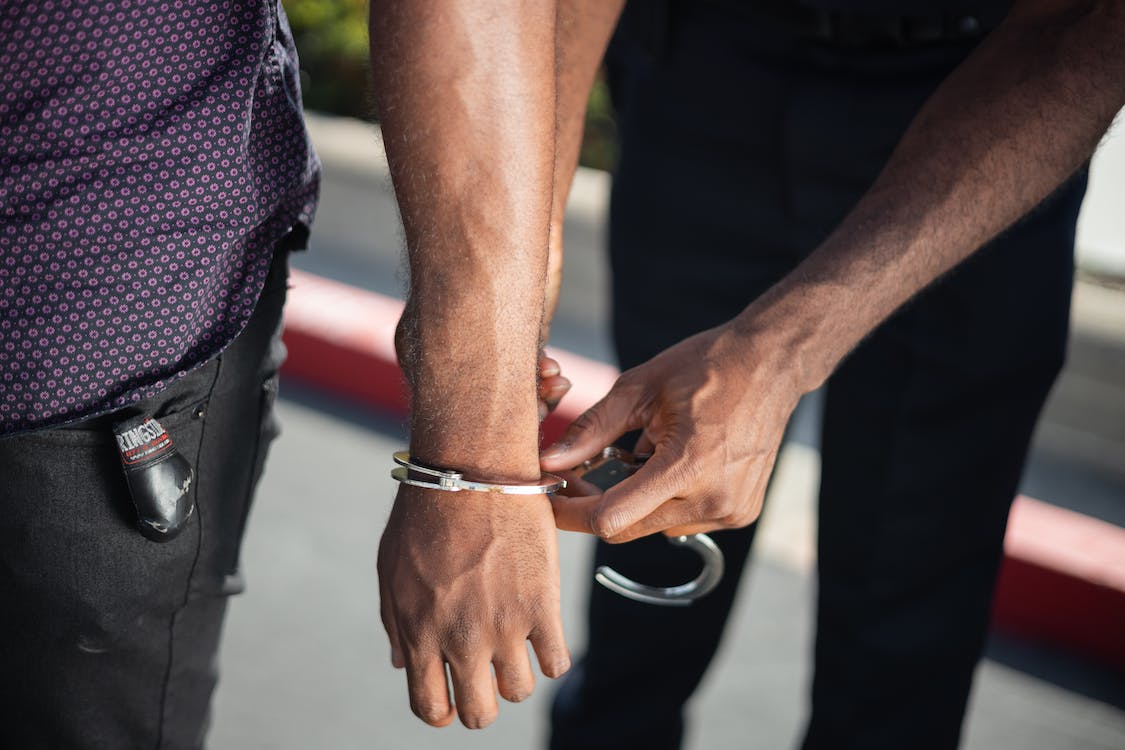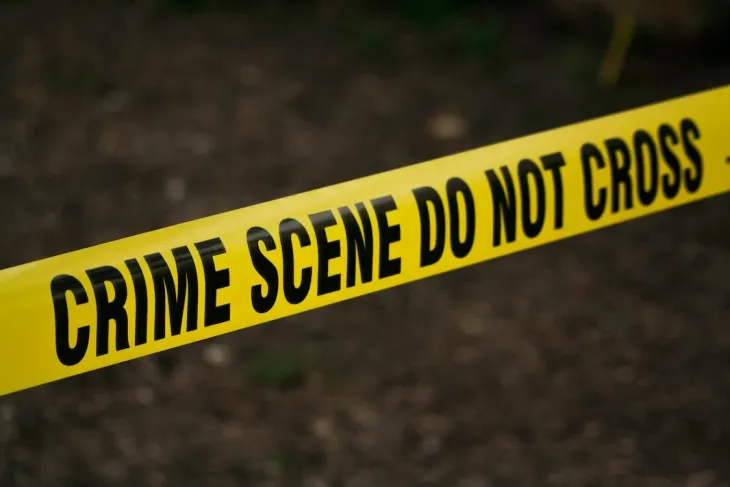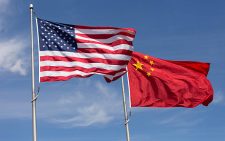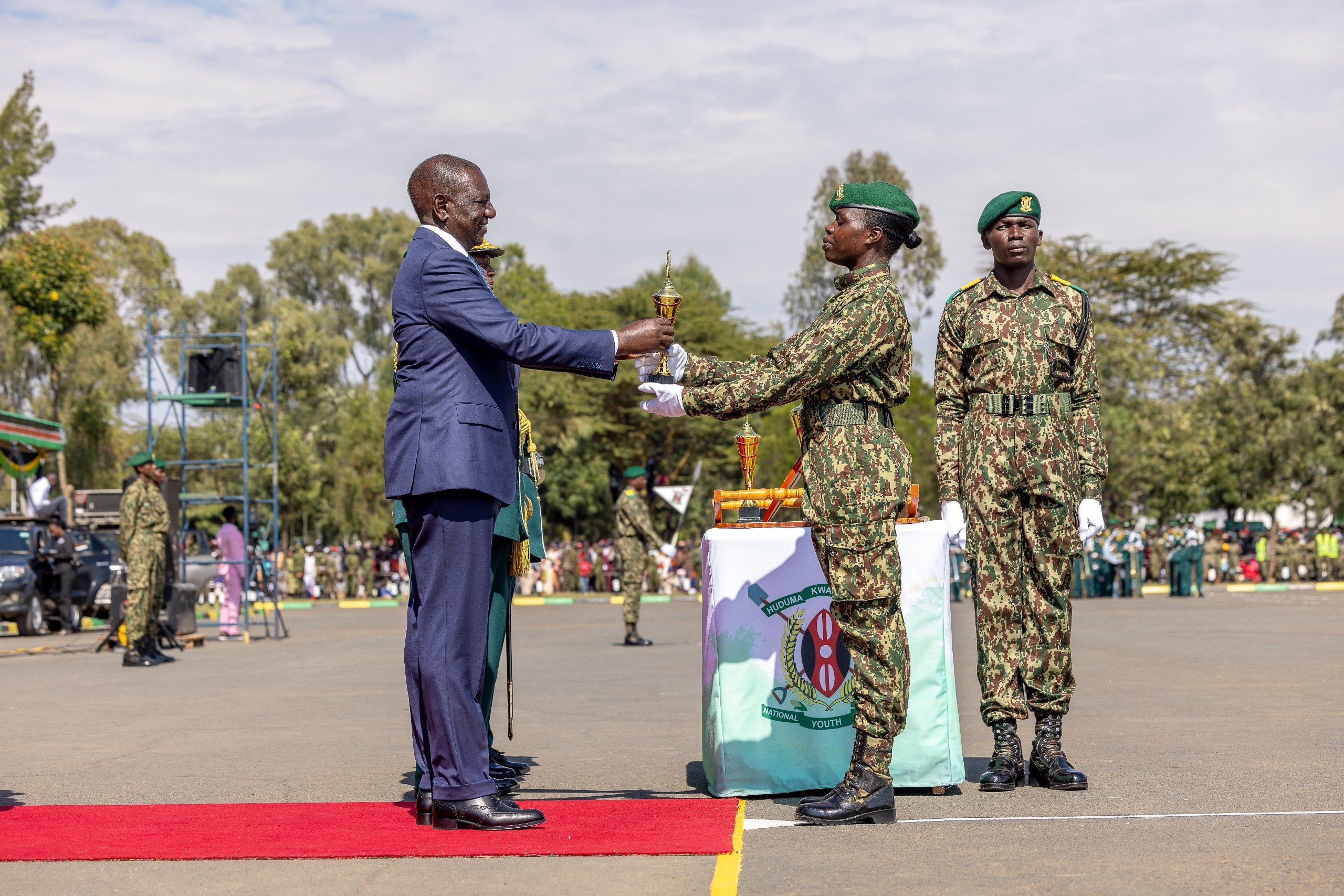Return of politically-backed gangs

The recent deployment of organised criminal gangs by politicians to violently disrupt peaceful protests in Nairobi has renewed fears of escalating violence ahead of Kenya’s 2027 general elections.
The disturbing events have exposed the fragile state of the country’s democracy and the persistent threat posed by politically motivated gangs, raising urgent questions about peace, cohesion, and national stability.
On June 25, Kenya’s capital became a flashpoint once again when gangs armed with whips and clubs, backed by police forces, violently attacked demonstrators commemorating the one-year anniversary of the Gen Z uprising—a historic protest movement against punitive taxes that claimed 60 lives.
The peaceful march, which filled Nairobi’s streets with leaves, twigs, miniature Kenyan flags, and placards, was met with brutal force.
Just a week earlier, a similar group of armed gangsters, some riding motorcycles known locally as boda bodas, confronted hundreds peacefully demanding justice in the death of Alfred Ojwang, a 31-year-old teacher and political blogger who died in police custody. The menacing mobs disrupted calls for the arrest and prosecution of a senior police officer implicated in Ojwang’s death.
While many media outlets initially described the attackers as “hired goons,” investigations reveal that the violence was far more calculated and organised. These groups are criminal gangs and militias, reportedly funded by some senior politicians and shadowy figures seeking to maintain power by suppressing dissent.
Interviews conducted with residents and insiders in Nairobi’s sprawling informal settlements confirm the gangs’ identities. The Congo Boys, Gaza gang, and Kibera Battalion are some of the most notorious groups hailing from Kawangware, Kayole, and Kibera respectively.
These gangs have evolved from local turf enforcers into politically weaponised militias, regularly mobilised to intimidate, attack, and disrupt opposition activities.
This troubling resurgence of politically affiliated violence calls to mind Kenya’s darkest days following the 2007/8 post-election crisis. Over 1,500 people were killed and some 600,000 displaced within a month as ethnic militias and gangs wreaked havoc nationwide.
Six high-profile politicians, including current President William Ruto and former President Uhuru Kenyatta, were charged at the International Criminal Court with orchestrating crimes against humanity, though the cases were eventually dropped due to insufficient evidence.
The persistent presence of criminal gangs in Kenyan politics has since become a well-documented phenomenon.
Politicians routinely enlist gangs as private militias to serve multiple roles: bodyguards at rallies, crowd mobilisers, disruptors of opposition events, intimidators or assassins of rivals and election officials, impersonators of absentee voters, ballot box stuffers, and instigators of violent post-election protests.
Though official statistics are scarce, estimates suggest an exponential rise in the number of criminal gangs—from 33 in 2010 to over 326 by 2017.
Political objectives
The growth correlates with widespread youth unemployment and historical grievances that fuel gang recruitment. Most gang members come from marginalised communities where joblessness and poverty provide fertile ground for criminal networks.
A staggering nine out of ten gangs are directly or indirectly involved in politics, either funded or controlled by political figures.
Nearly 90 per cent of gang activities revolve around political objectives, blurring the line between organised crime and electoral violence. Gangs such as Mungiki and Gaza have long-standing ties to politicians, with Mungiki playing a notably violent role during the 2007/8 crisis.
After years of international scrutiny and an ICC intervention following the 2007/8 violence, the influence of gangs in electoral violence appeared to wane.
But June’s violence signals a disturbing revival. A senior police official described the scene as “a scene from hell,” reflecting the scale and brutality of the attacks.
One police source familiar with the Mungiki gang revealed that hundreds of gang members were mobilised with promises of payment of Sh2,000 (approximately US$15.50) each, with half paid upfront.
They were incentivised with opportunities to loot businesses. Interviews with gang members from Gaza revealed that gang leaders earn between Sh500,000 (US$3,875) and Sh1 million (US$7,750) depending on the strength of their ‘manpower.’
The complicity of police in these operations has emboldened gangs, fostering a sense of impunity. Security analyst George Musamali warned, “We are going the Haiti way; we have started with whips and clubs, and soon we’ll equip them with guns.”
In the run-up to the June 25 protests, political rhetoric further fuelled tensions. William Kamket, a legislator allied to President Ruto, urged youths from his ethnic community to take up arms and confront the demonstrators in Nairobi.
Meanwhile, Nairobi governor, Johnson Sakaja, faced accusations by opposition leaders and religious clerics of paying gangs to counter protests sparked by Ojwang’s death. Sakaja denied these claims.
-Additional information by Global Initiative Against Transnational Organised Crime (GIATOC).















